-
 © Tony Baker/Classic & Sports Car
© Tony Baker/Classic & Sports Car -
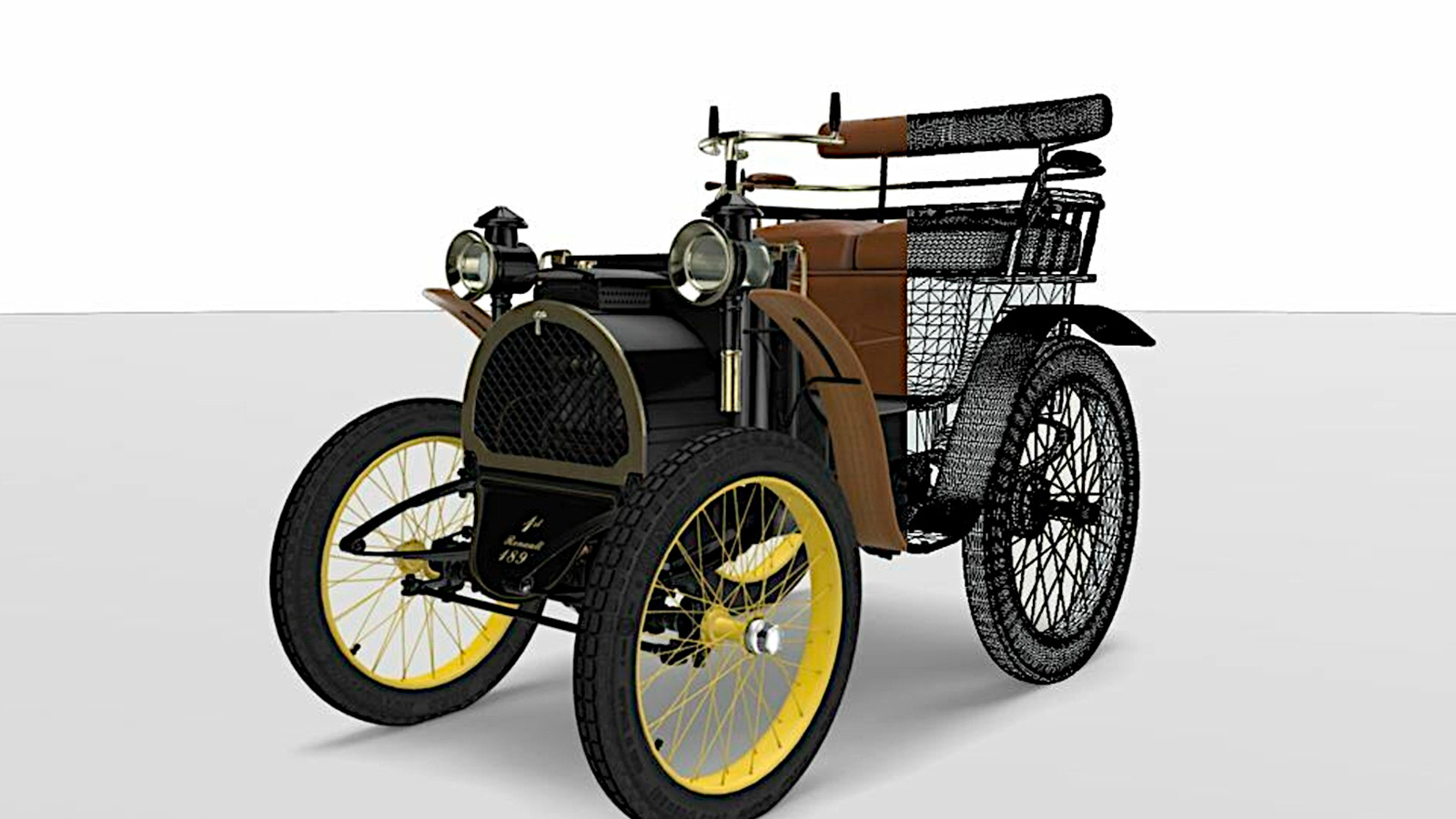 © Renault
© Renault -
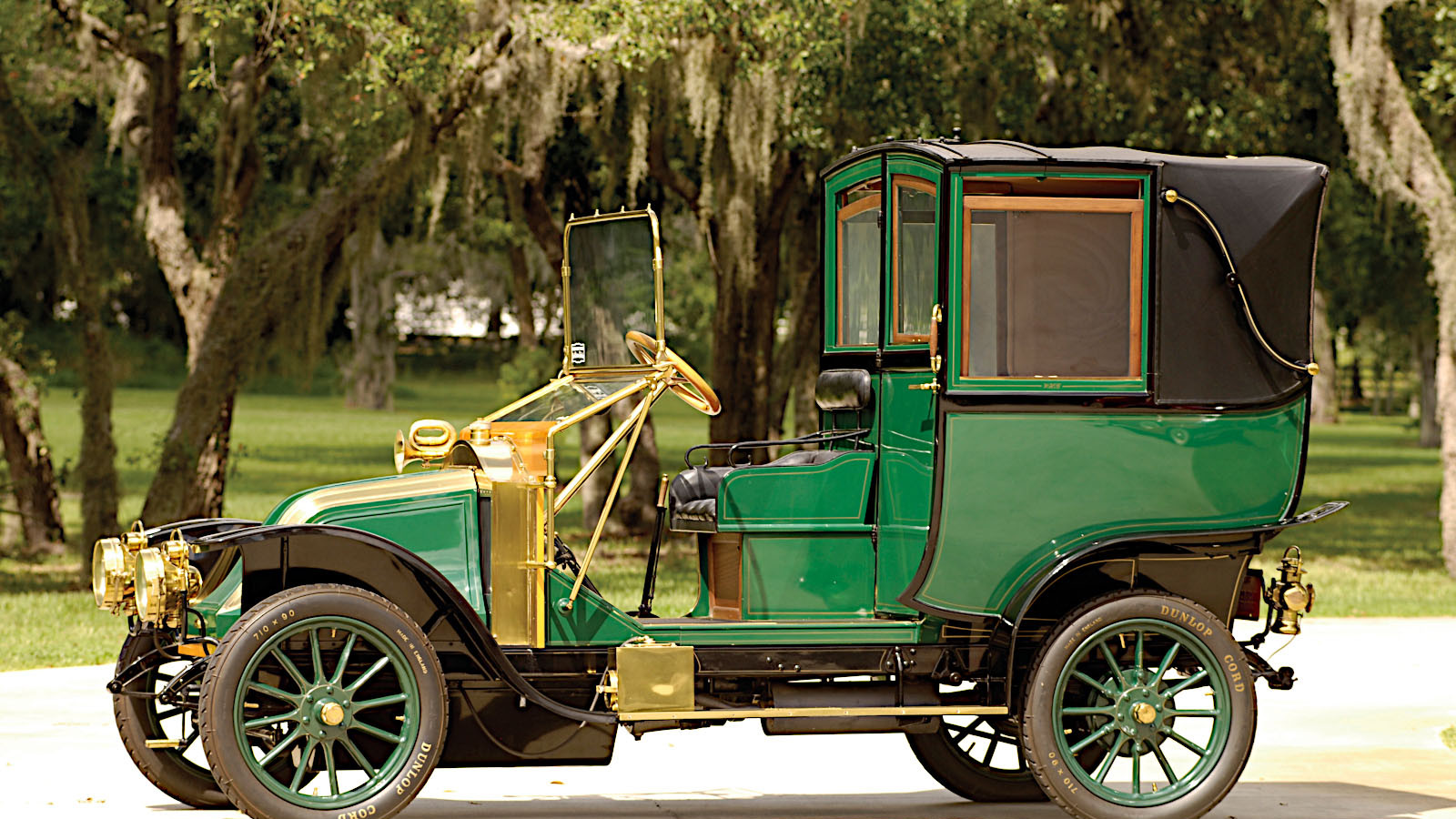 © RM Sotheby’s
© RM Sotheby’s -
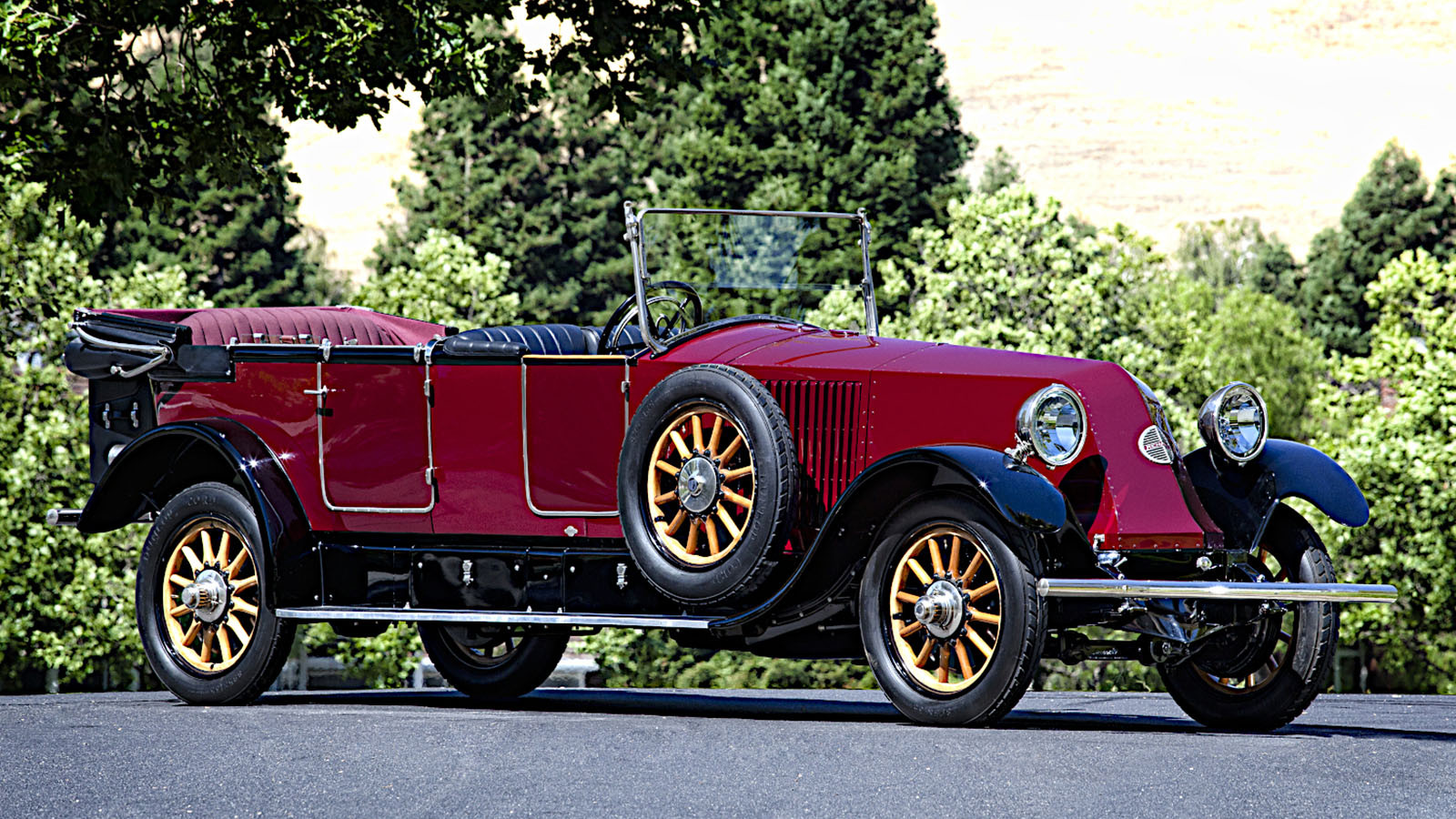 © Neil Fraser/RM Sotheby’s
© Neil Fraser/RM Sotheby’s -
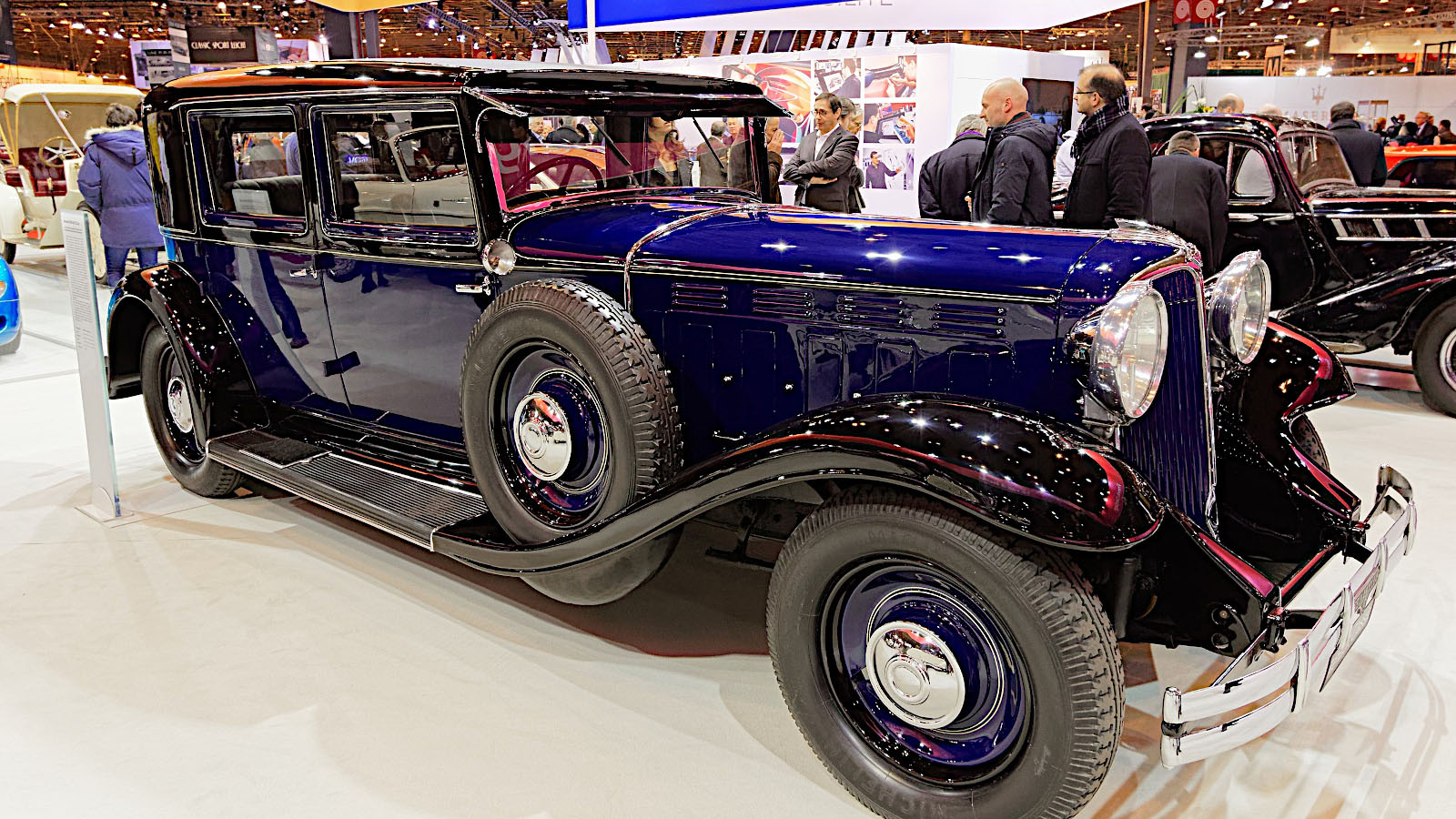 © Thesupermat/Creative Commons licence: https://creativecommons.org/licenses/by-sa/4.0/legalcode.en
© Thesupermat/Creative Commons licence: https://creativecommons.org/licenses/by-sa/4.0/legalcode.en -
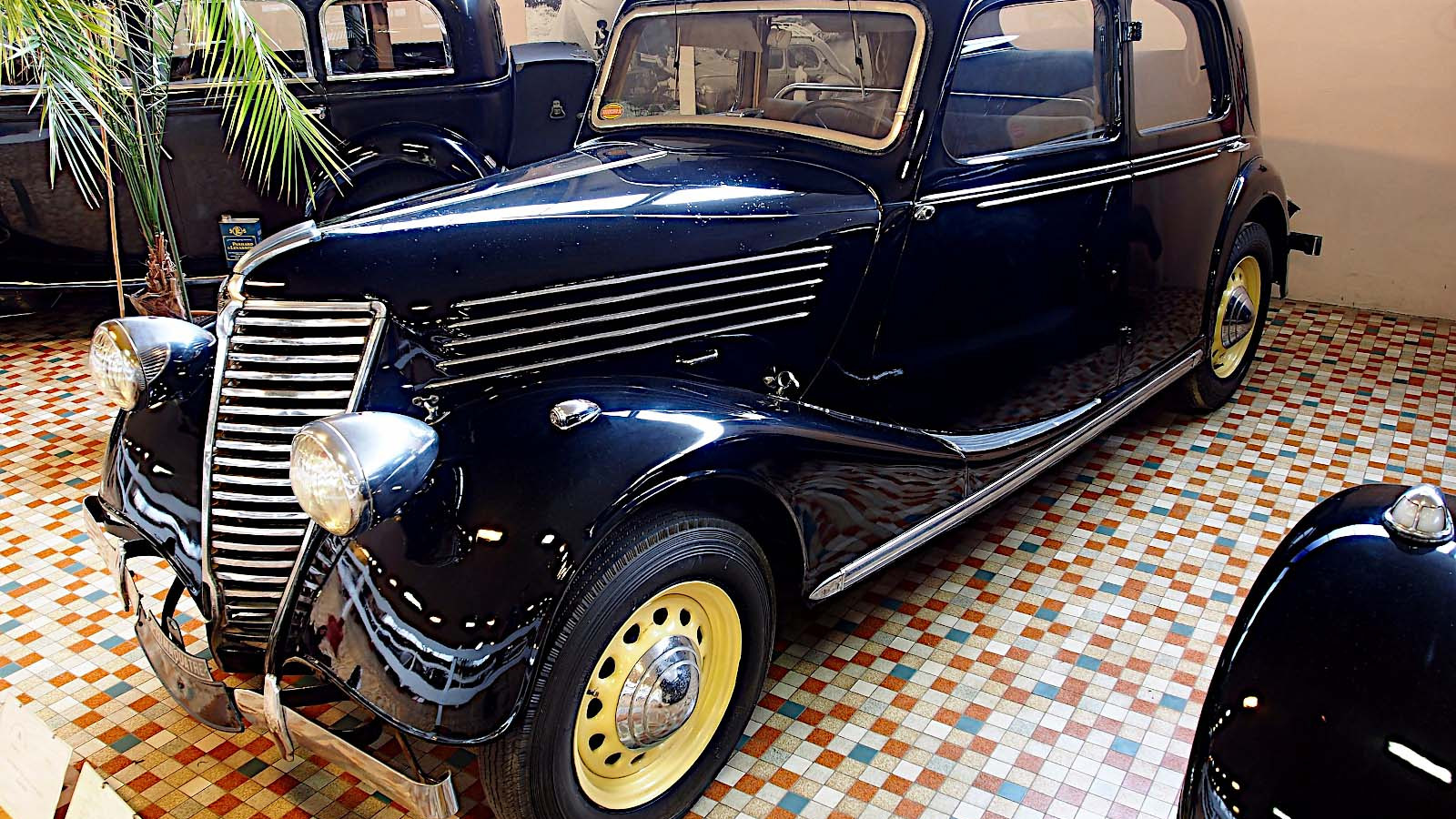 © Alf van Beem/Public domain
© Alf van Beem/Public domain -
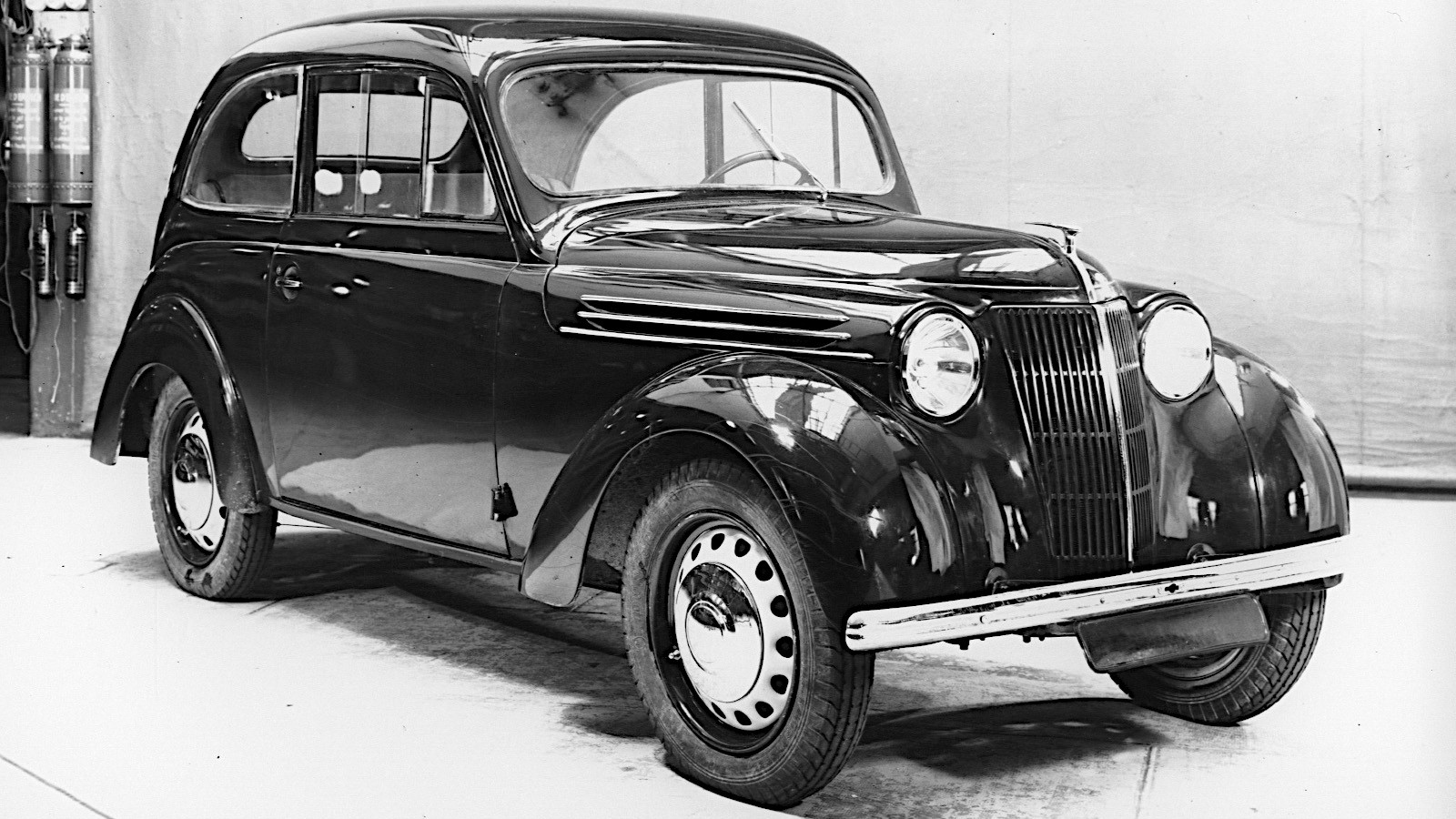 © Renault
© Renault -
 © Renault
© Renault -
 © Classic & Sports Car
© Classic & Sports Car -
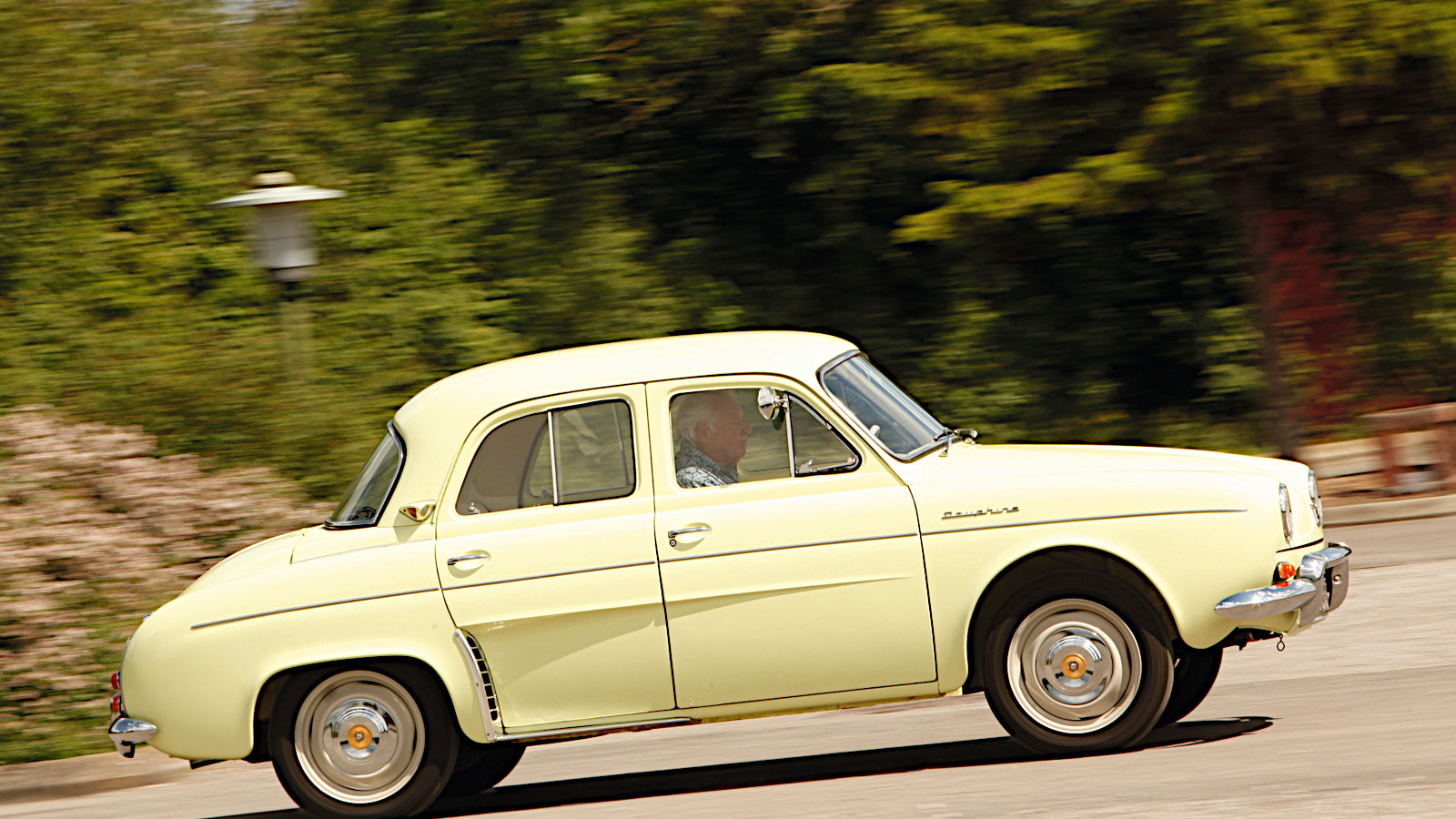 © Tony Baker/Classic & Sports Car
© Tony Baker/Classic & Sports Car -
 © Will Williams/Classic & Sports Car
© Will Williams/Classic & Sports Car -
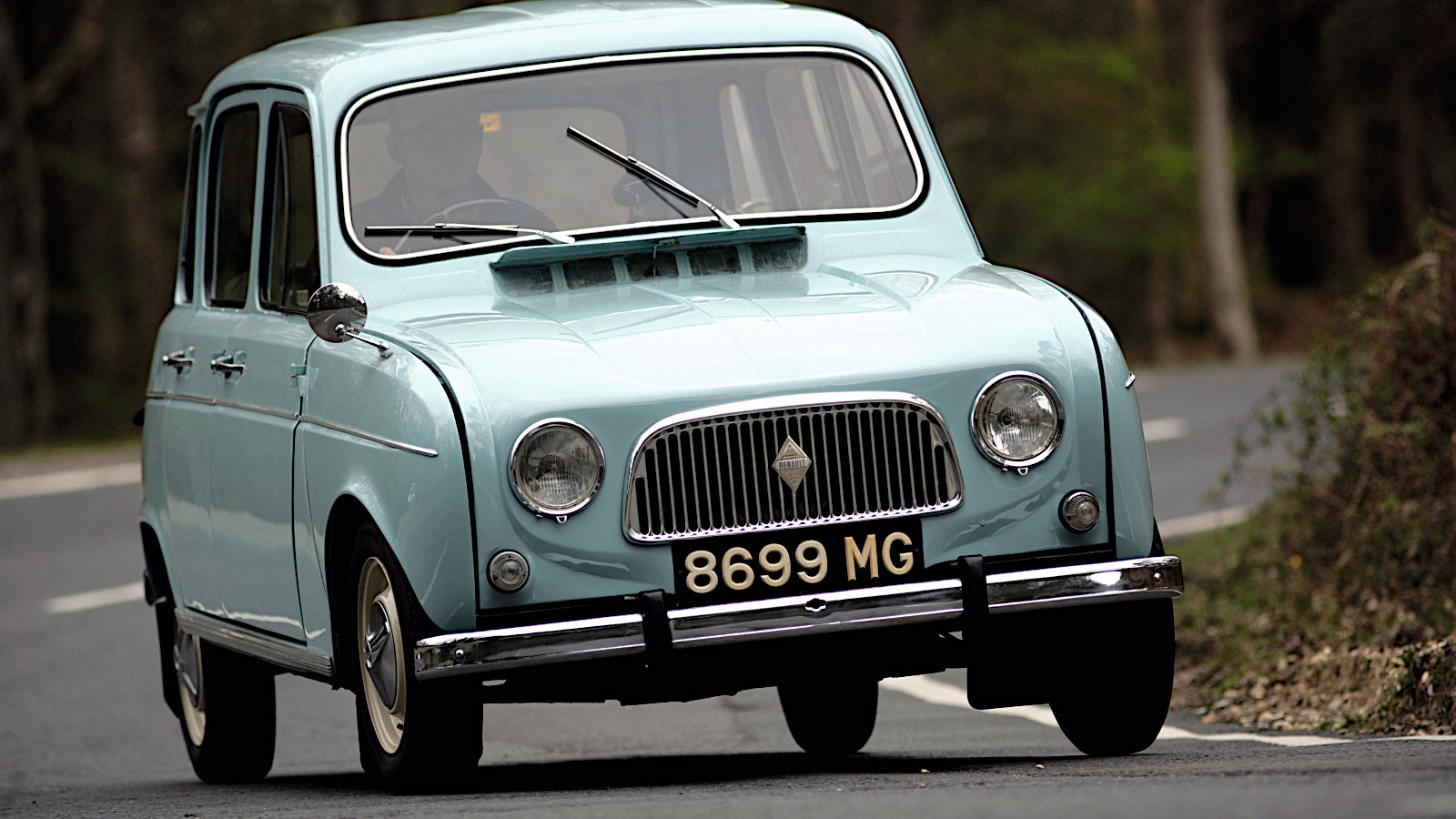 © Classic & Sports Car
© Classic & Sports Car -
 © Renault
© Renault -
 © Classic & Sports Car
© Classic & Sports Car -
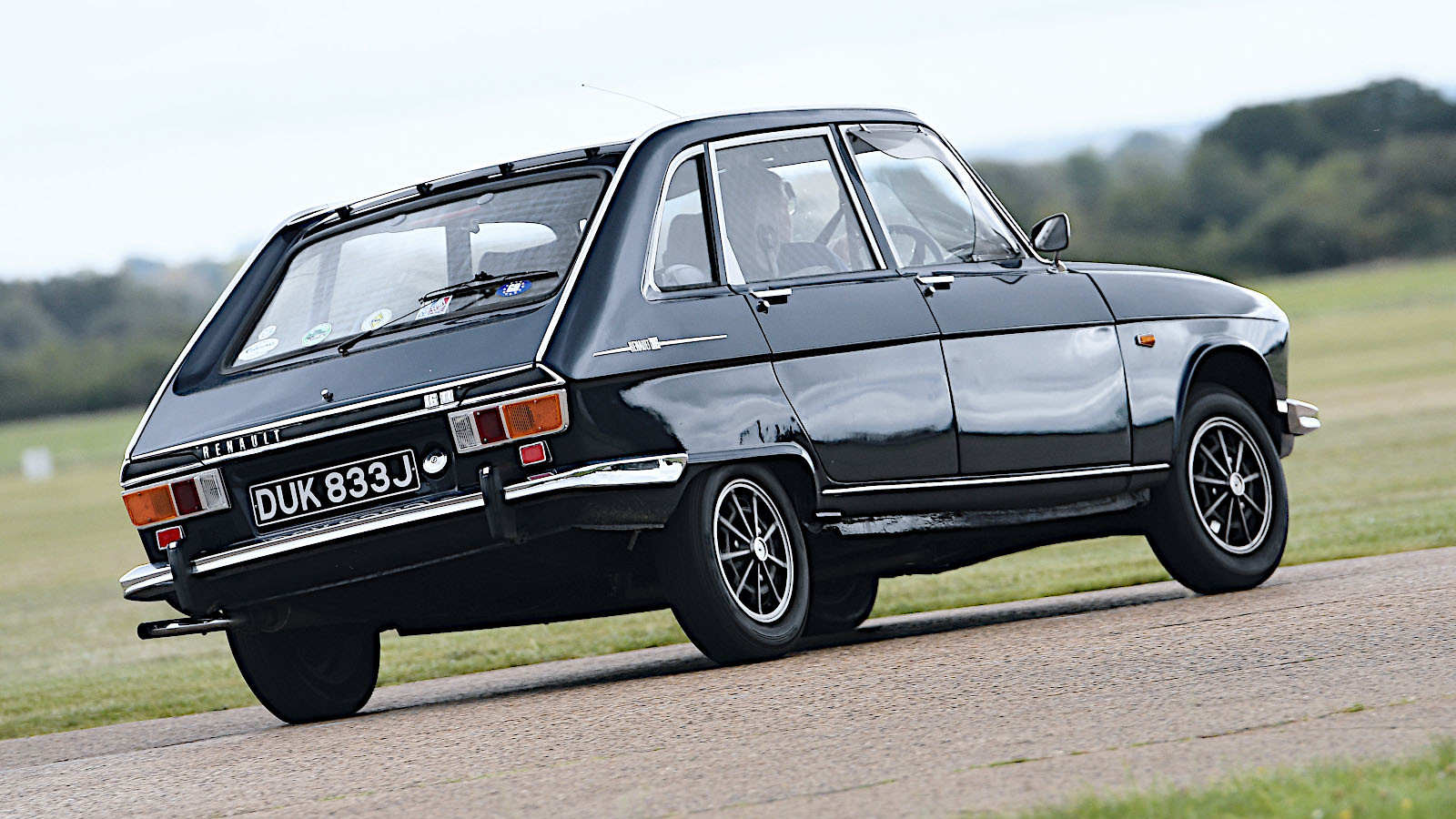 © Classic & Sports Car
© Classic & Sports Car -
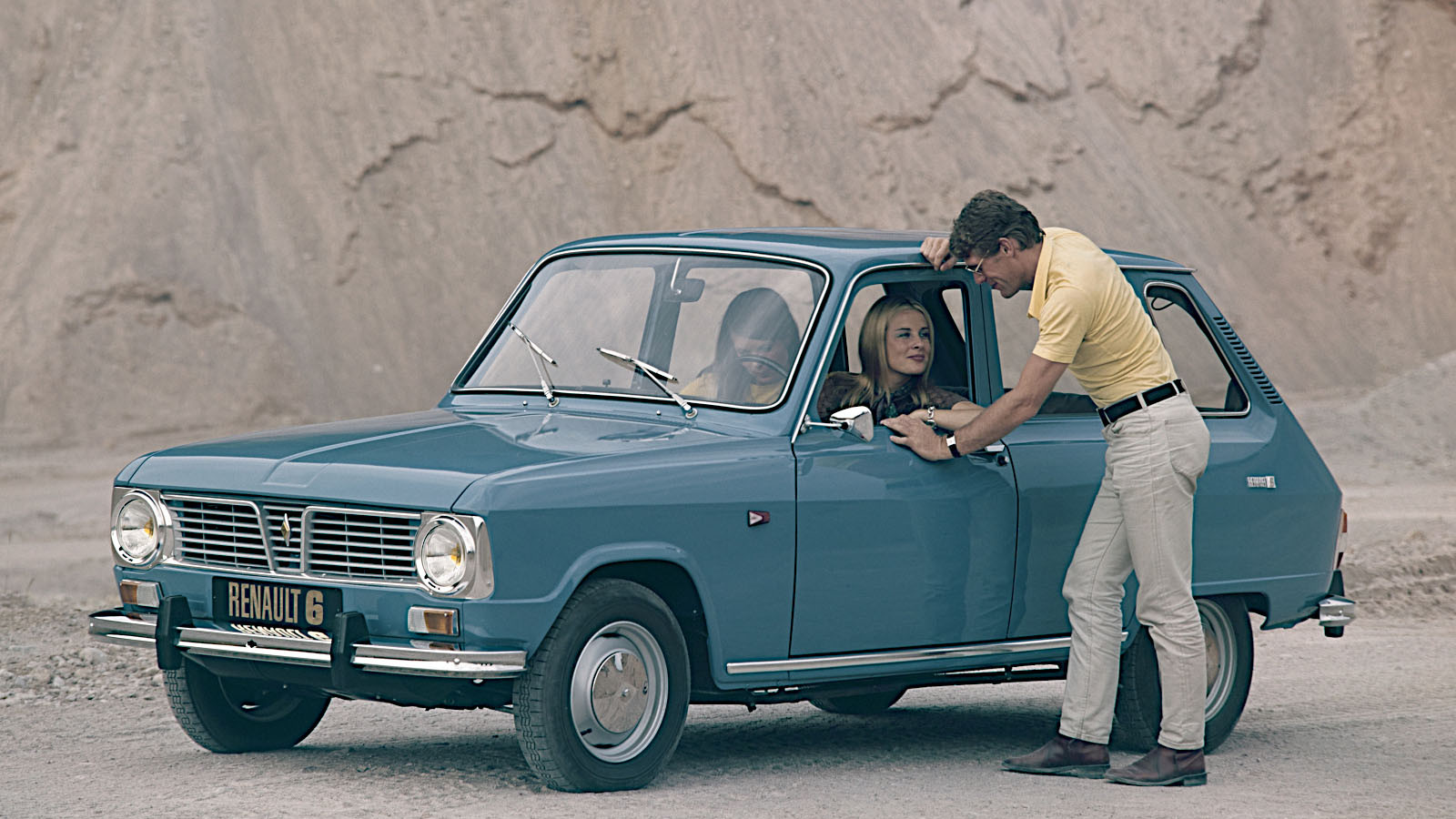 © Renault
© Renault -
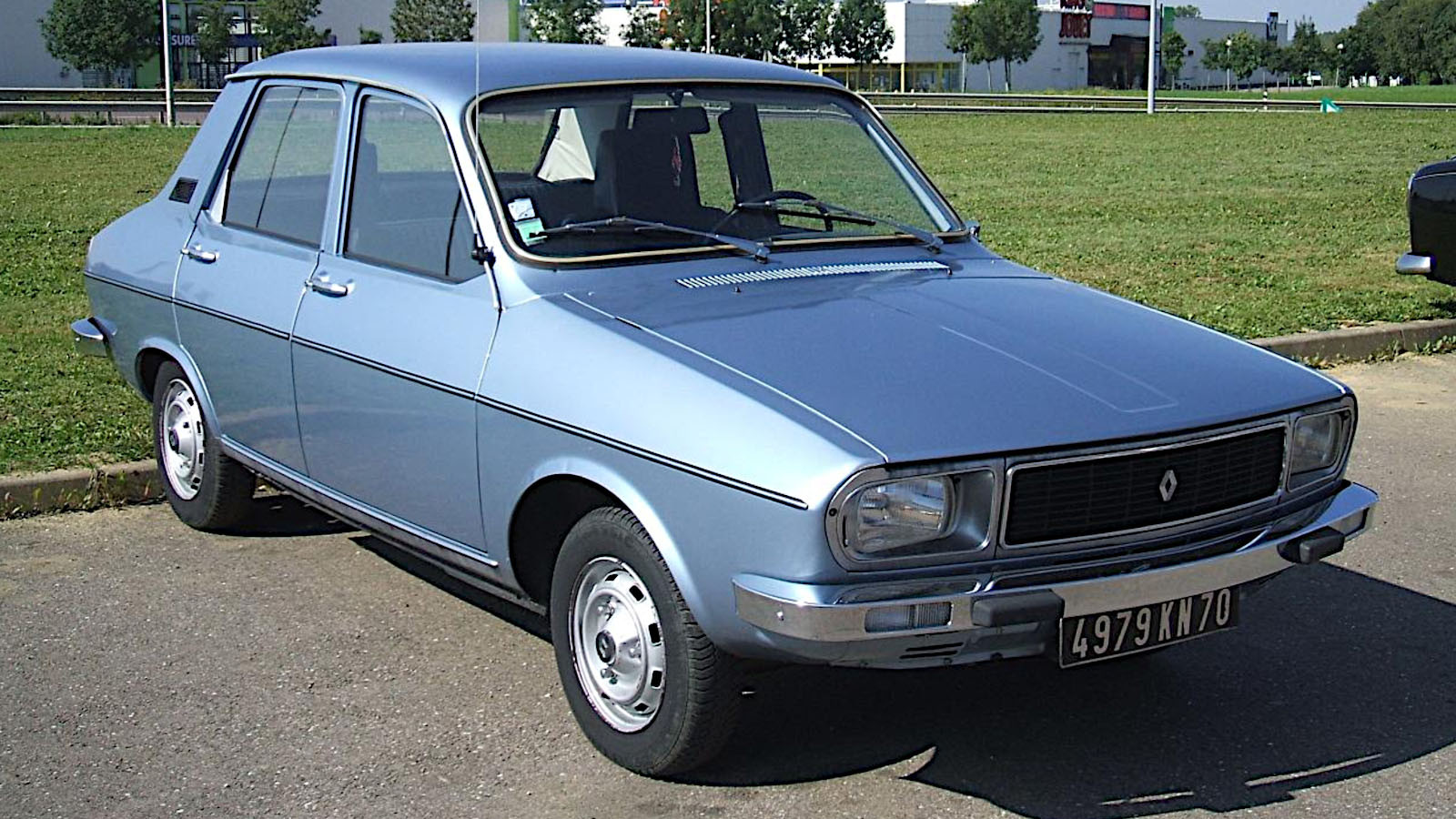 © Snoopy1974/Public domain
© Snoopy1974/Public domain -
 © Renault
© Renault -
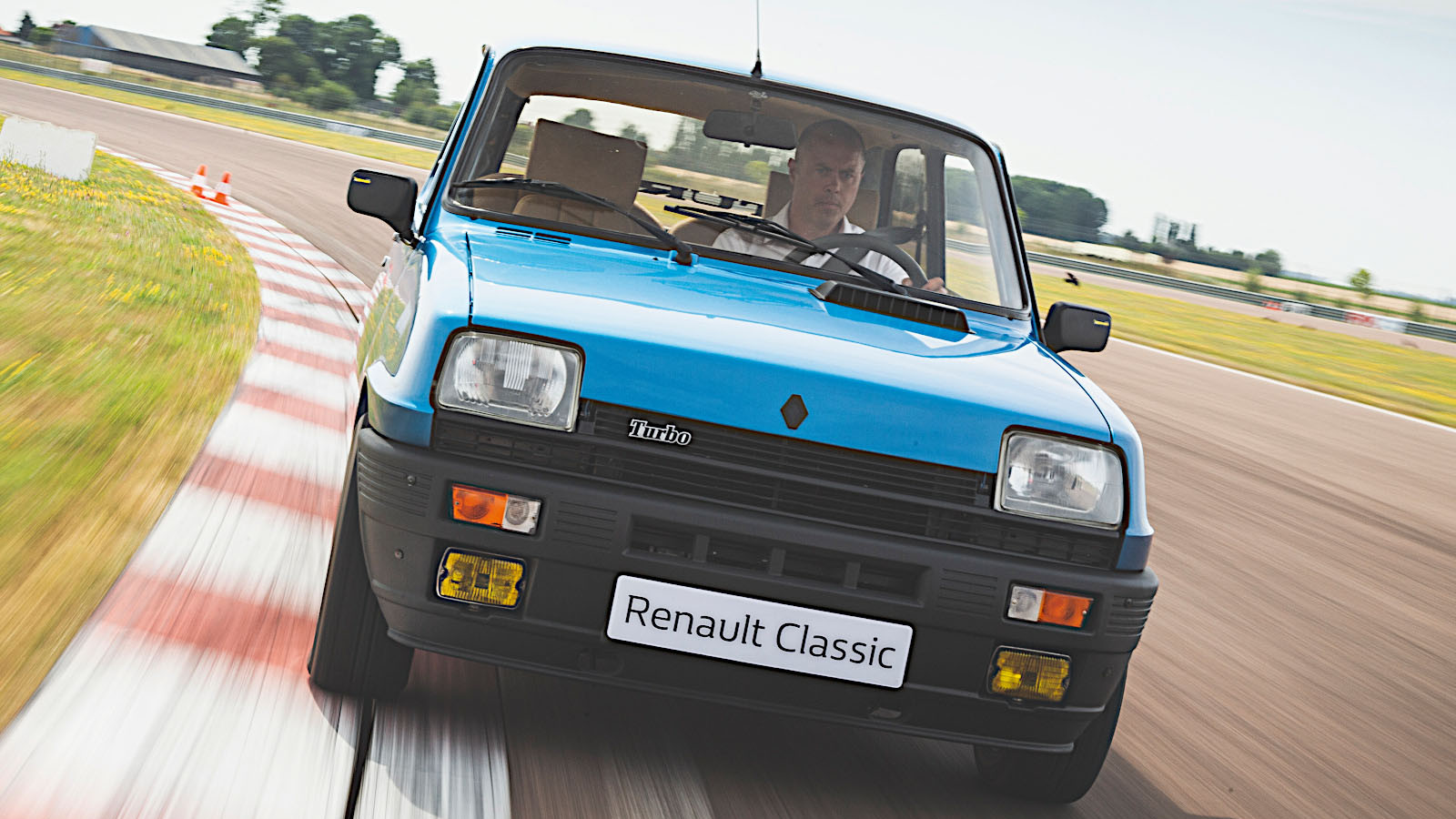 © Luc Lacey/Classic & Sports Car
© Luc Lacey/Classic & Sports Car -
 © Luc Lacey/Classic & Sports Car
© Luc Lacey/Classic & Sports Car -
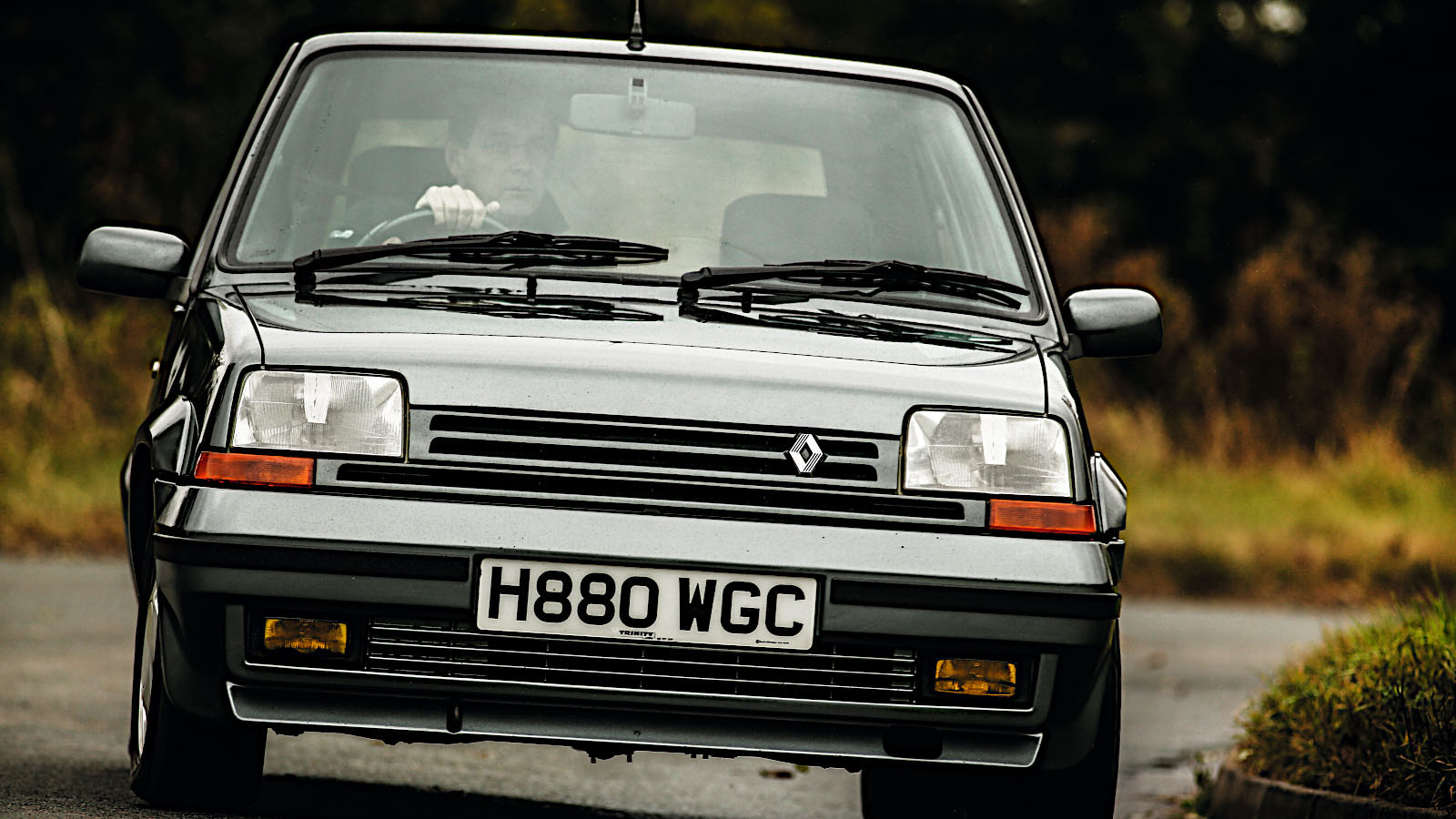 © Tony Baker/Classic & Sports Car
© Tony Baker/Classic & Sports Car -
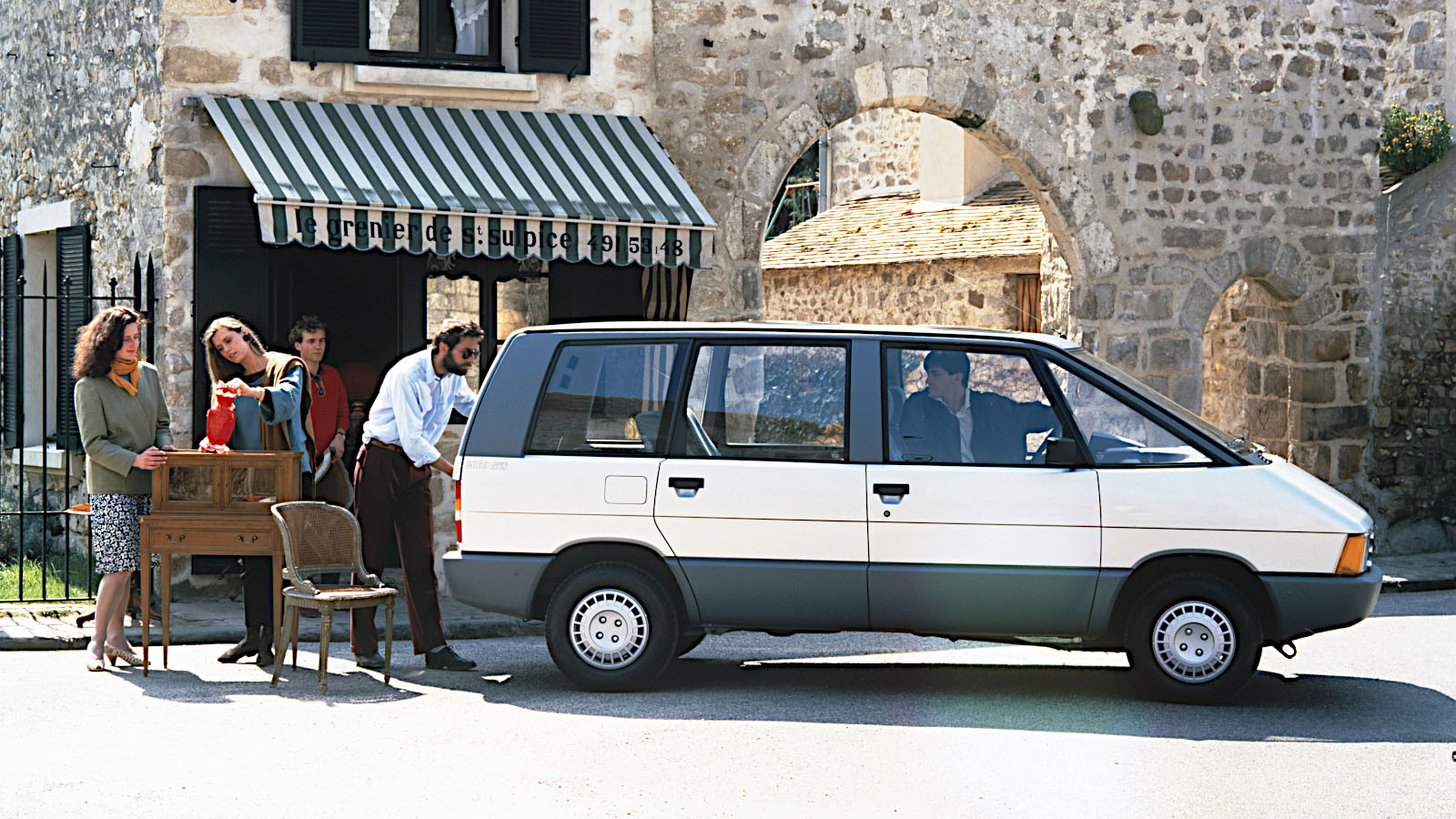 © Renault
© Renault -
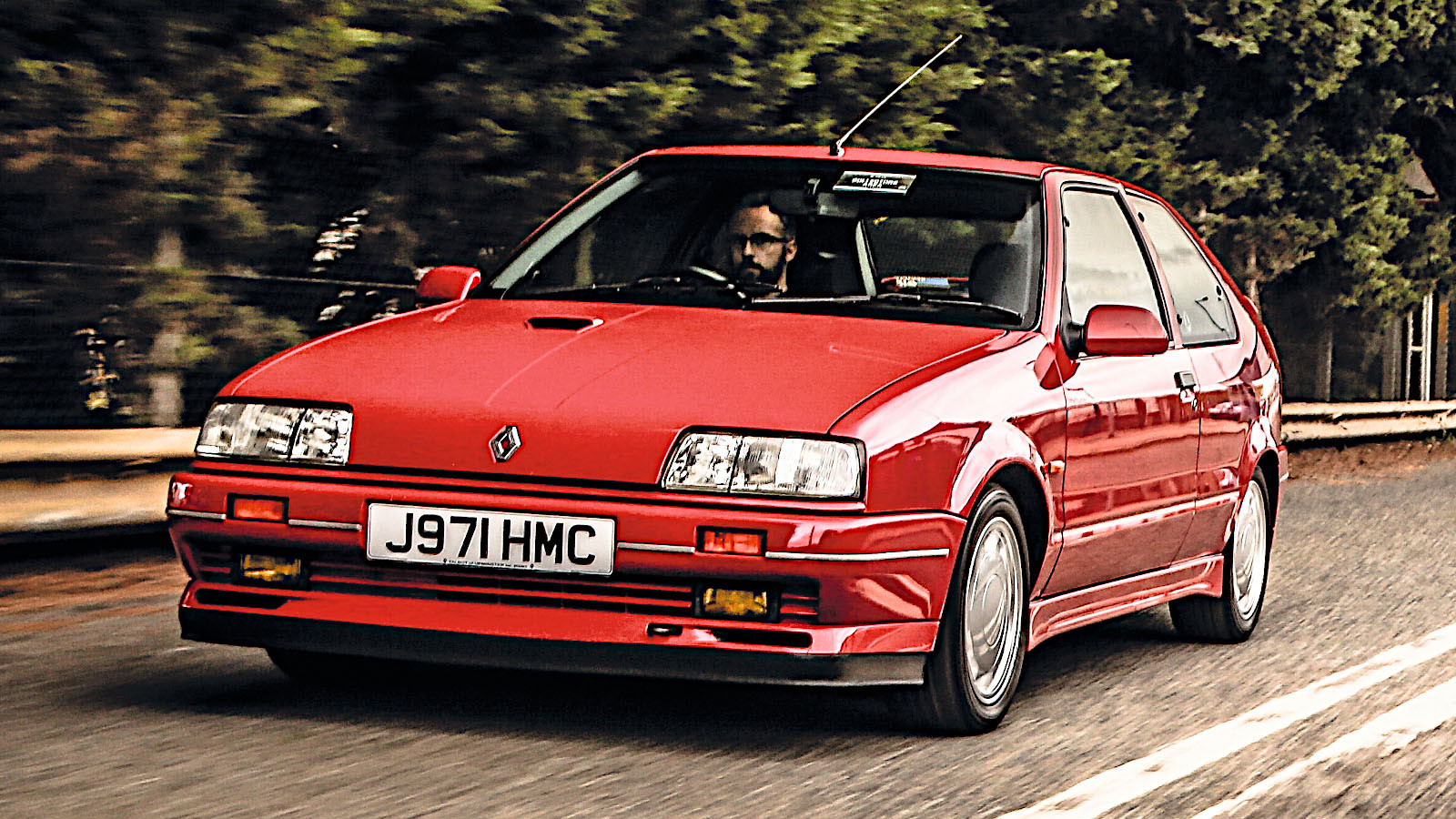 © Tony Baker/Classic & Sports Car
© Tony Baker/Classic & Sports Car -
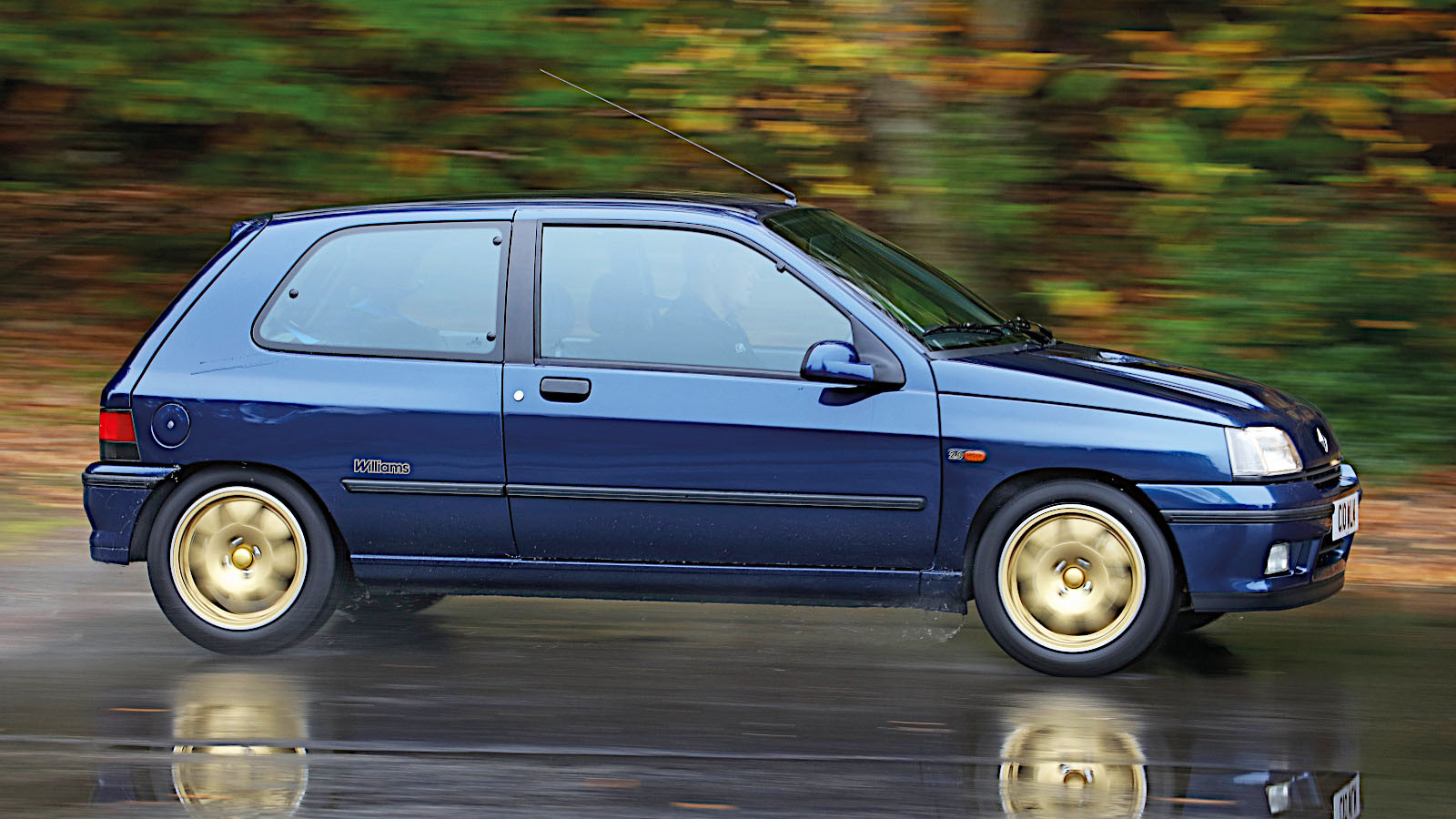 © Classic & Sports Car
© Classic & Sports Car -
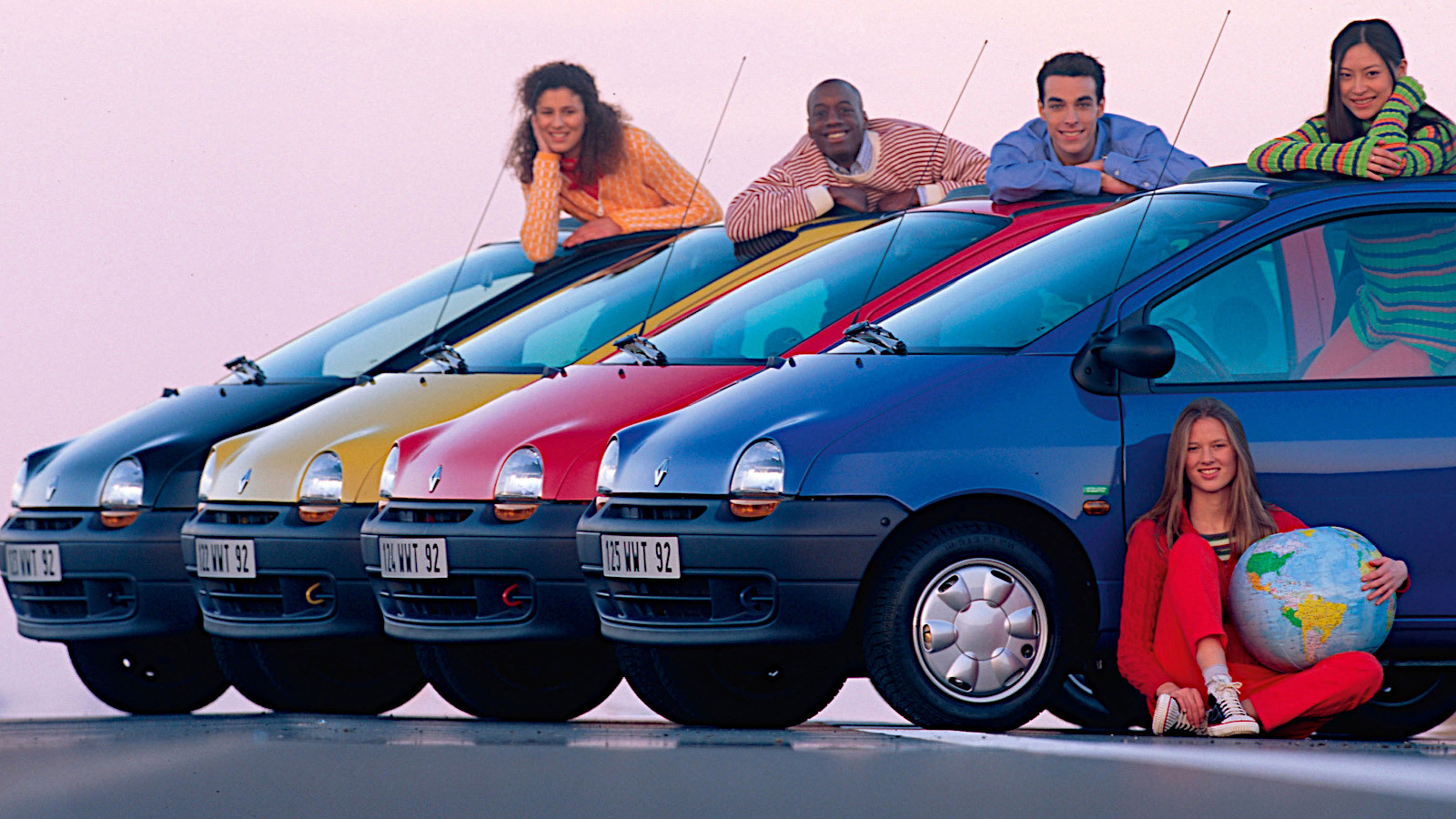 © Renault
© Renault -
 © Renault
© Renault -
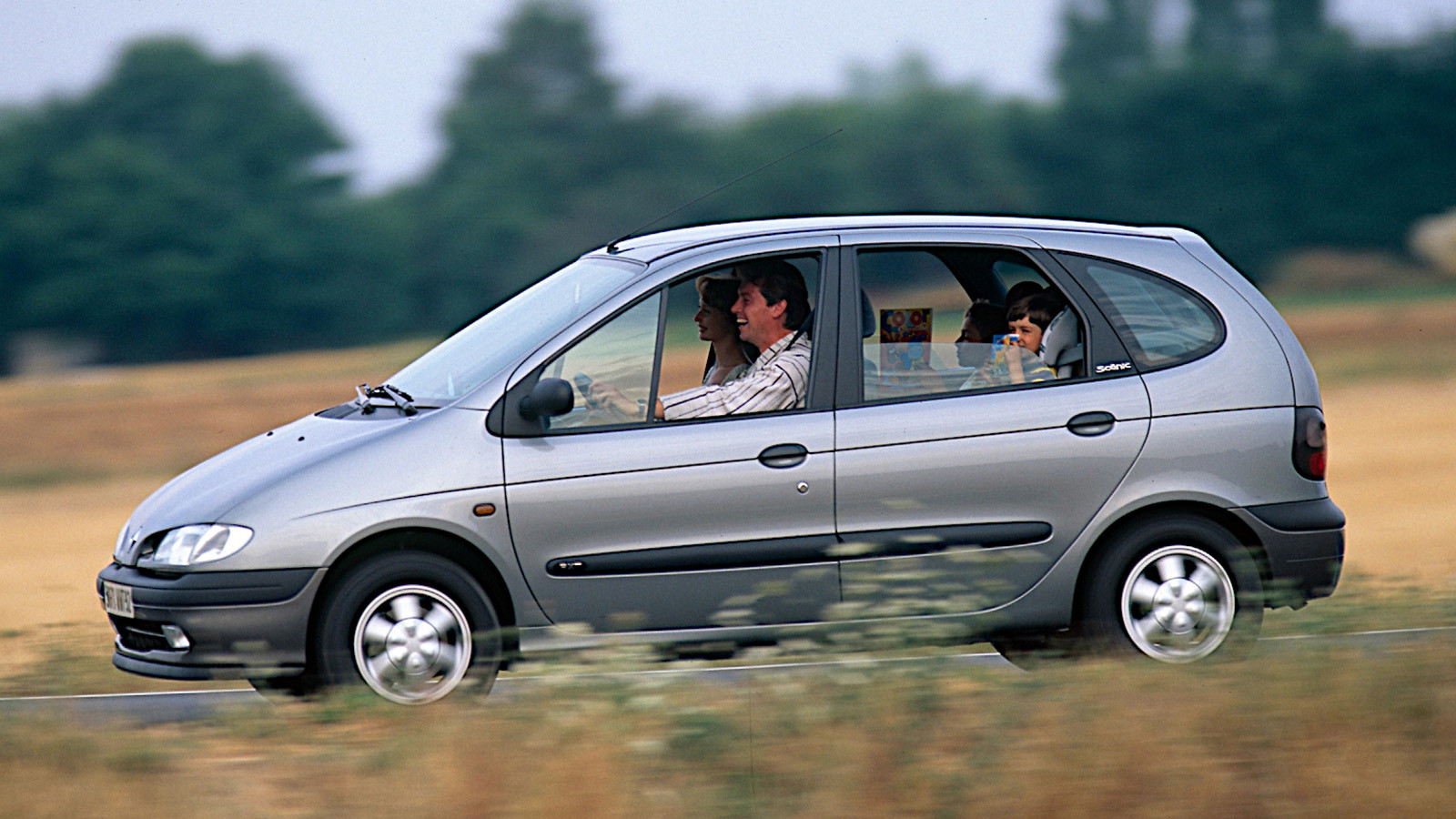 © Renault
© Renault -
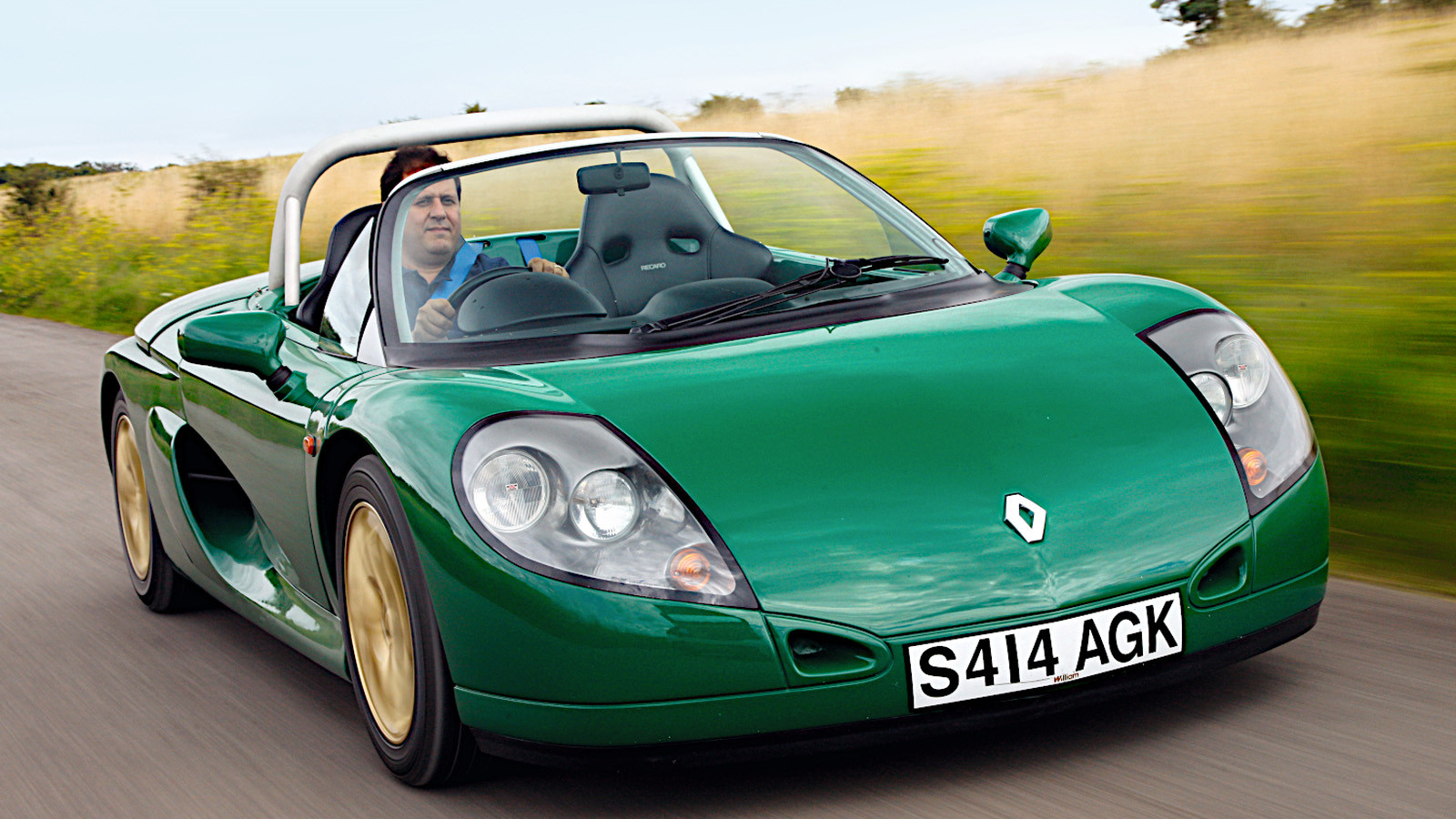 © David Shepherd/Classic & Sports Car
© David Shepherd/Classic & Sports Car -
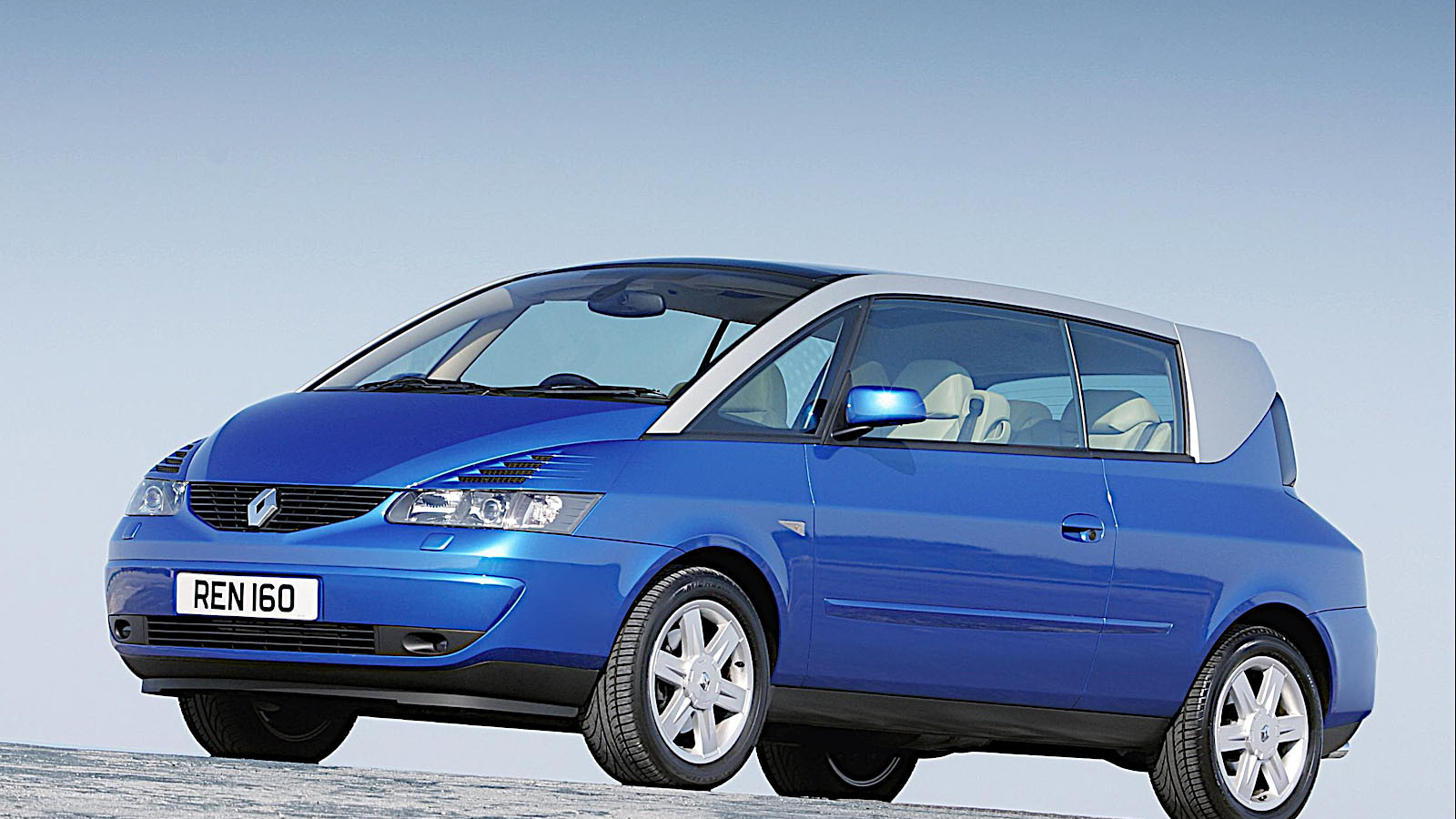 © Renault
© Renault -
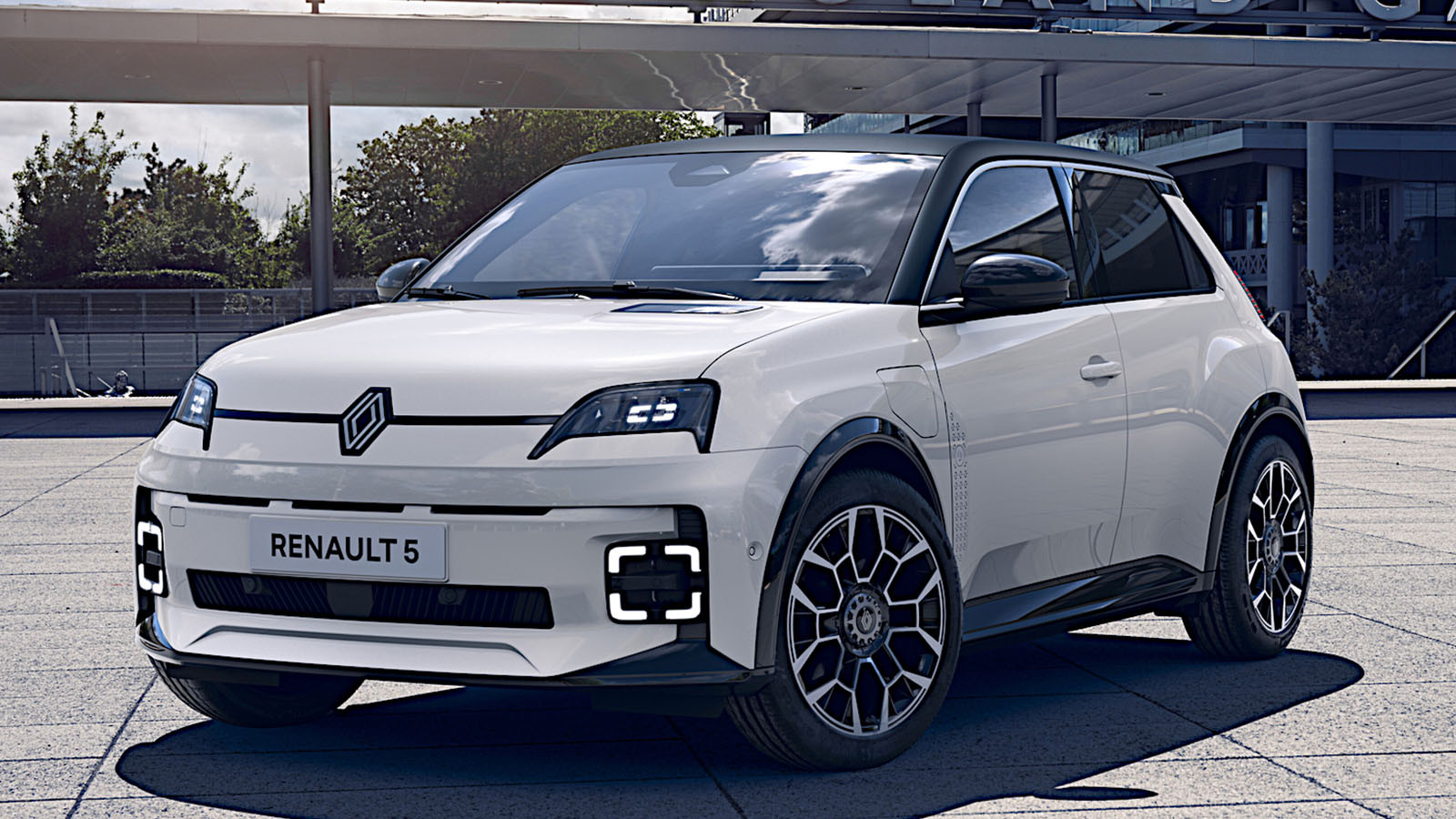 © Renault
© Renault
-
Renault retrospective
On Christmas Eve 1898, Louis Renault demonstrated that his prototype Voiturette – notable for having a direct-drive top gear – could be driven up the challengingly steep Rue Lepic in Paris under its own power.
Orders for replicas were placed almost immediately and, within two months, the Renault company was created.
Renault is therefore 125 years old this year, 2024, and we’re celebrating that anniversary by looking at some of the cars it has produced, most (though not all) on sale before 2000.
-
Renault Voiturette
Voiturette, the French word for ‘little car’, is the general term used for the models Renault built and sold up to 1903.
Development was rapid, and included doubling the cylinder count of the engine from one to two.
Renault went further still in competition, developing a four-cylinder unit for the car in which Louis’ brother Marcel won the 1902 Paris-Vienna.
-
Marne taxi
The Renault AG1, powered by a 1.2-litre, two-cylinder engine, was designed for the burgeoning automobile taxi trade.
Only 250 examples were built in 1905, but annual production ballooned to 1500 in 1908, by which time the vehicles were a common sight on the streets of Paris and London.
The ‘Marne taxi’ nickname came about because 1300 AG1s were requisitioned to transport 6000 French soldiers to the First Battle of the Marne in September 1914.
-
Renault 40CV
Nothing built by Renault after its nationalisation in 1945 has carried even the faintest echo of the 40CV.
Unveiled at the Paris motor show in December 1910, and remaining in production until 1928, it was the company’s flagship model, and one of the most luxurious of all French cars.
On top of that, it was impressively fast, especially after its 7.5-litre, straight-six engine was enlarged to a mighty 9.1 litres.
A 40CV became the first Renault to win the Rallye Monte-Carlo in 1925, and a single-seat version with aerodynamic bodywork set several world speed records, including a 24-hour one, the following year.
-
Renault Reinastella
The 40CV was a hard act to follow, but Renault did indeed follow it in 1928 with the equally grand Reinastella.
It was originally known as the Renahuit, the last syllable (meaning ‘eight’) referring to the fact that its 7.1-litre engine was Renault’s first with eight cylinders.
The ‘stella’ part of the name also appeared on other, smaller luxury Renaults, such as the Nervastella, Monastella and Vivastella.
-
Renault Primaquatre
Occupying a market position well below the Reinastella, the Renault Primaquatre was a relatively compact model introduced in 1931.
The capacity of its four-cylinder engine initially measured 2.1 litres, but this was raised to 2.4 litres in 1936.
At around the same time, the Primaquatre’s appearance changed dramatically, the original four-square styling being replaced by a fashionably aerodynamic shape (as pictured here).
The Vivaquatre, on sale from 1932, was essentially a long-wheelbase Primaquatre available with either five or seven seats, and in the latter of these forms it was used as a taxi in Paris until the mid 1960s, long after production had ended.
-
Renault Juvaquatre
Renault’s first car with unibody construction became its entry-level model when it was introduced in 1937.
At that time, it was fitted with a front-mounted, 1-litre, sidevalve engine, but this was later replaced by the smaller but more powerful, post-war Billancourt unit.
The Juvaquatre became obsolete when the 4CV came along, but that car and every other small Renault up to 1961 had vertically oriented, rear-mounted engines, which made them unsuitable for conversion into commercial vehicles.
The van version of the Juvaquatre, named Dauphinoise, therefore remained on the market until the launch of the front-wheel-drive Renault 4.
-
Renault 4CV
In circumstances which remain mysterious today, Louis Renault died before the 4CV was launched in 1947 by the nationalised version of the company he had founded nearly half a century before, but he had predicted a need for it.
“After the war France will be poor,” he said. “We must build a small car that sells at a low price and is cheap on petrol.”
Conceptually similar to the Volkswagen Type 1, with which Louis was familiar, the Renault 4CV had a rear-mounted 760cc Billancourt engine, later reduced to 747cc (but also given a power increase) to make the car eligible in the up to 750cc class in international motorsport.
Although it was technically unrelated, and much smaller, the 4CV bore some resemblance to the 1942 Chevrolet Fleetline, whose design also influenced other immediately post-war European cars including the Morris Oxford and the Peugeot 203.
-
Renault Frégate
The Frégate is very far from being the best-known classic Renault, but it served a purpose for most of the 1950s.
That purpose was to exploit France’s post-war recovery by offering a more upmarket model to people who would not be satisfied with a 4CV, and could now afford something larger and more expensive.
A 1948 prototype called Project 108 had its engine in the back, but Renault soon abandoned that idea and gave the Frégate a more conventional, front-engined, rear-wheel-drive layout.
On sale from the last week of 1951, the Frégate survived until 1960, and was not immediately replaced by anything similar.
-
Renault Dauphine
In profile, the Dauphine looked a little like a shortened Frégate, but it was closer in concept to the 4CV, with the same Billancourt engine mounted in the same place behind the rear axle.
For this application, though, the engine was enlarged to 845cc, and was renamed Ventoux when tuned by Amédée Gordini to produce more power.
Also available in a luxury version called the Ondine, and built under licence by Alfa Romeo for the Italian market, the Dauphine was initially a big success in the US.
The Americans soon lost patience with it (not least due to its habit of turning to rust), which plunged Renault into a financial crisis.
It remained popular in Europe, though. Introduced in 1956, and marketed alongside the 4CV for the first five years, it survived well into the next decade, with production eventually exceeding two million units.
-
Renault Caravelle
The Caravelle, or Floride as it was also known, was to the Dauphine as the slightly earlier Volkswagen Karmann Ghia was to the Beetle.
First displayed at the 1958 Paris show, it went into production the following year, retaining almost everything from the Dauphine other than the four-door saloon body.
This was replaced by a much sleeker two-door, available as both a coupé and a convertible.
In 1962, the Caravelle became the first Renault passenger car originally fitted with the Billancourt engine to have this replaced by the larger and more modern Cléon-Fonte (the same thing happened to the Estafette van), and continued in this form for another six years.
-
Renault 4
In a surprising move for a company which seemed to have become committed to putting its engines in the rear of small cars, the 4 was Renault’s first front-wheel-drive passenger model, and its second vehicle of any kind with that layout after the Estafette.
It arrived in August 1961, just in time to save Renault from the financial calamity caused by the Dauphine’s fall from grace in the US.
It took just four and a half years to build one million examples, and you could still buy a brand-new Renault 4 as late as 1992, by which time the original Billancourt engine had been replaced by the Cléon-Fonte.
Renault also offered a 3, which was essentially a 4 with a 603cc version of the Billancourt unit and the bare minimum of standard equipment, but even French buyers of the early 1960s considered this a step too far, and the model was withdrawn from the market very quickly.
-
Renault 8
Showing a certain lack of consistency, a year after Renault introduced its first front-wheel-drive car, it brought out another one with the engine in the back.
The 8 was the company’s first model designed from the beginning to be powered by the Cléon-Fonte engine, and was fitted with nothing else until the last example was built in Spain in 1976.
By that time, the layout had become anachronistic and, with very few exceptions, all Renaults manufactured since then have had front-mounted engines.
-
Renault 10
From the windscreen to the rear window, the Renault 10 was identical to the 8, but it had longer overhangs at either end, allowing Renault to provide more space for luggage.
Unlike the 8, which looked much the same throughout its production life, the 10 was facelifted after two years, with rectangular headlights replacing the original ones and thinner rear-light clusters being introduced at the same time.
As advertised in US magazines, the 10 was ‘the Renault for people who swore they would never buy another one’, following the collapse of the company’s reputation Stateside in the wake of the Dauphine fiasco.
Despite its slightly greater practicality, Renault’s 10 was less successful than the 8, being produced only from 1965 to 1971.
-
Renault 16
The delayed successor to the Frégate was Renault’s largest car of the 1960s – and its most astonishing.
Unrelated to any previous model, the 16 was arguably the first hatchback in the modern sense, though since that term hadn’t been invented in 1965, when the car was launched, people struggled to find a way of describing it.
Despite that difficulty, it was impressive enough to be named Car of the Year for 1966, ahead of two unlikely rivals: the Rolls-Royce Silver Shadow and the Oldsmobile Toronado.
Its engine, the new Cléon-Alu, would go on to power several more Renaults, as well as the Lotus Europa and the 1973 World Rally Championship-winning Alpine A110.
-
Renault 6
Despite the arrival of the 16, Renault was still predominantly a manufacturer of small cars, and it emphasised that point by introducing the 6 in 1968.
Derived from the 4, and therefore far easier to develop than the 16 had been, it was slightly larger, offering more space for a little extra cost.
It was also heavier, which made the fact that it was powered by the little Billancourt engine (presumably the obvious choice during the design stage) problematic.
Complaints about poor performance led Renault to add the more satisfactory Cléon-Fonte motor to the range in 1970, though the Billancourt unit remained available for people who lacked a sense of urgency.
-
Renault 12
Unusually, Renault offered the 12 in three body styles (saloon, estate and van), to which Dacia, building 12s under licence in Romania, later added a pick-up.
In every case, passenger room was impressive due to the policy of mounting the engine – Cléon-Fonte or Cléon-Alu, depending on the model – ahead of the axle, rather than behind it as in the 4 and 16.
Renault produced the car from 1969 to 1980, but Dacia persevered with it for much longer, building the last pick-up derivative in 2006.
-
Renault 15 and 17
It would be stretching the truth only slightly to say that the 12 was available in a fifth body style, since the 15 and 17 were both derived from it.
Introduced in 1971, they were the first Renault coupés since the discontinuation of the Caravelle, the company having shied away from relatively low-volume cars of this type while developing its more mainstream range.
There wasn’t much difference between them, though they could easily be distinguished from each other since the 15 had two rectangular headlights while the 17 had four round ones.
The 17 was also the only one fitted with the high-performance, 1.7-litre version of the Cléon-Alu engine, in which form it was known as the 17 Gordini.
-
Renault 5
The 5 was yet another small Renault, but the first in that category with both a hatchback and unibody construction, already seen in the significantly larger 16.
Designed to appeal to a younger customer base, it was launched in 1972 and immediately became very popular.
A cleverly cheery advertising campaign helped with that, as did the car’s smiley appearance – the work of Michel Boué, who died in his late 30s shortly after the R5 went on sale.
There would be developments over the years, but in essence the 5 was still much the same just before a replacement came along in 1984 as it had been a dozen years before.
-
Renault 5 Turbo
Several first-generation Renault 5s were turbocharged, but the name 5 Turbo refers specifically to a version almost as far removed from all the others as could possibly be imagined.
Its engine (the old Cléon-Fonte from 1962, now measuring 1.4 litres) was mounted behind the two occupants and, uniquely among all 5s, drove the rear wheels.
The point of the car was to allow Renault to take part in international rallying with a car which could win World Championship events.
Sure enough, it won the Rallye Monte-Carlo in 1981, but there were to be only three more WRC victories in the next five years, since the 5 Turbo was at a serious disadvantage to the new wave of four-wheel-drive contenders.
-
Renault 5
As mentioned earlier, the original Renault 5 was replaced in 1984.
The name was retained, and so were some of the engines and much of the original styling.
Apart from that, there was very little connection between old and new, though the retro appearance might have been a mis-step.
Officially, this 5 was replaced after just six years, though low-spec models remained in production further into the 1990s.
-
Renault Espace
In the same year that the new but familiar-looking 5 came along, Renault introduced a type of vehicle which had hardly ever been seen before.
The design of what became the Espace had been bumbling around the motor industry for more than a decade by the time Renault decided to put it into production – or, more precisely, to commission Matra to do that.
Even after such a long delay, the Espace was the first MPV to be developed and sold in Europe.
The name is still being used, but due to the decline of the once-buoyant MPV sector, the current model is an SUV.
-
Renault 19
Renault’s small family car history became rather complicated in the final quarter of the 20th century.
The 14 hatchback, sold from 1976 to 1983 without achieving much of a reputation, was replaced by both the 9 and the 11, which were basically the same car except that the former was a saloon and the latter was another hatch.
The line-up was reconsolidated with the next model, which was produced from 1988 to 1996 as a hatch, a saloon and a convertible.
Avoiding the 9/11-style confusion this time, Renault called this car the 19 no matter what body style it had, though the saloon was known in the early years as the 19 Chamade.
The policy of identifying models by numbers came to a temporary halt when the 19 was discontinued, and all Renault cars introduced later in the century, and for a long time afterwards, had names with words in them.
-
Renault Clio
The return of word-based model names, last used for the Caravelle, in fact began while the 19 was still in production.
What might otherwise have been known as the third-generation 5 was instead called Clio, pronounced (as a Renault UK press officer had to explain to a journalist when the car was introduced in 1990) ‘as in ‘-patra’’.
Unlike the second 5, the Clio did not closely resemble any previous Renault, and therefore seemed far more up-to-date.
Until the V6 came along in 2001, there was no equivalent of the much earlier, mid-engined 5 Turbo, but the Williams (pictured) and later Renaultsport models quickly became, and remain, highly esteemed as powerful, front-wheel-drive hot hatches.
-
Renault Twingo
The 1992 Twingo was the first, quirkiest and perhaps most charming of the Renault city cars to bear that name.
The second was more conventional, while the third, co-developed with smart, had its engine mounted in the rear, a thing not seen in any non-sporting Renault model since the discontinuation of the 8 more than a decade and a half previously.
Images of the fourth Renault Twingo, an all-electric vehicle due to go on sale in 2026, suggest that its styling will be very heavily based on that of the original car.
-
Renault Megane
Renault’s last new small family car of the 20th century was introduced in 1996.
Having spent two decades working its way through the 14, 9, 11 and 19, Renault had apparently found a name it really liked, and has been using it ever since.
The second-generation hatch, introduced during a period when Renault’s styling was arguably more avant-garde than it has been before or since, had a controversial ‘bustle-back’ tail which has not been used on any subsequent Megane.
The third-generation line-up included the Megane CC, one of several briefly popular coupé-convertibles produced by various manufacturers in the early 21st century.
-
Renault Scenic
As its name suggested, the vehicle originally known as the Renault Megane Scenic was a derivative of the first-generation Megane.
Fashionably for the late 1990s, it was a compact MPV, and in short-lived RX4 form it was available with four-wheel drive, extra body cladding and a considerably greater ride height.
The Megane part of the name was dropped for the second generation, and so, later, were the MPV body styles and the reliance on internal-combustion engines.
Today’s Scenic is an electric SUV. In Renault’s own words, ‘We changed everything but the name’.
-
Renault Sport Spider
Between the cancellation of the 8 and the introduction of the third-generation Twingo, the only stand-alone roadgoing Renault model with an engine mounted behind the passenger compartment (excluding special versions of the 5 and Clio) was the Sport Spider.
That engine, a 2-litre, 16-valve, four-cylinder motor also used in high-performance versions of the Clio and Megane, was familiar enough, but in all other respects the car bore almost no resemblance to any other Renault.
It was based on an aluminium platform, the body panels were made of plastic composite, there was no roof and in some cases there was no windscreen, either. Even the Lotus Elise had one of those.
While comparisons between those cars were inevitable (the Elise was less powerful at the time, but lighter), they differed greatly in longevity, the Sport Spider being produced only from 1996 to 1999.
-
Renault Avantime
In a very different way, the Avantime was as unexpected a car for Renault to produce as the Sport Spider had been.
A cross between an MPV and a coupé (an unusual mix, to say the least), and fitted with unconventionally but ingeniously hinged doors, it looked like nothing else on the road.
Some people loved it, but sales were so poor that production lasted only from 2001 to 2003.
It was the last car ever manufactured by Matra, whose automotive division was shut down not long after the final Avantime left the factory.
-
Renault today
Like all other major manufacturers, Renault has had to invest heavily in electrified vehicles, a policy which would have seemed outlandish during the classic era.
Some of the model names – Arkana, Austral, Rafale and Symbioz – would be equally surprising to anyone who had just woken up from a 30-year sleep, but there is still a Clio, a Megane and a Scenic, though they are obviously very different from their predecessors.
Renault has also revisited its heritage to a large and perhaps welcome extent.
It’s unlikely that there will be a new Voiturette or 40CV, but an all-electric 5 is already on the market, and new EV versions of the 4 and the Twingo will be with us soon.
